Understanding the Importance of Air Flow Meters in Modern HVAC Systems
In modern HVAC systems, the importance of precise measurement and management of air flow cannot be overstated. Air Flow Meters play a crucial role in ensuring the efficiency and effectiveness of heating, ventilation, and air conditioning operations. According to a report by the U.S. Department of Energy, buildings that optimize HVAC performance through accurate air flow measurement can achieve energy savings of up to 30%.

Furthermore, the Global HVAC Equipment Market Report indicates that the growing demand for energy-efficient solutions is propelling the adoption of advanced air flow measuring technologies. By utilizing Air Flow Meters, facility managers can significantly enhance system performance, ensure compliance with environmental regulations, and ultimately improve indoor air quality, leading to healthier living and working environments. This guide will explore the essential aspects of selecting and implementing air flow meters in contemporary HVAC systems.
The Role of Air Flow Meters in Enhancing HVAC System Efficiency
Air flow meters play a crucial role in the efficiency of modern HVAC systems by providing accurate measurements of air volume and velocity. These instruments help in monitoring and managing the airflow within buildings, ensuring that heating and cooling systems operate optimally. By measuring the amount of air passing through ducts, air flow meters enable HVAC professionals to identify discrepancies and make necessary adjustments to enhance overall system performance. This not only leads to improved comfort for occupants but also minimizes energy consumption, which is increasingly important in today's eco-conscious world.
Moreover, air flow meters facilitate preventive maintenance by allowing technicians to detect potential issues before they escalate. Regular airflow assessments help identify blockages, leaks, or imbalances in the system, which might otherwise result in increased operational costs and reduced equipment lifespan. By employing these meters, building managers can achieve a more efficient control of energy usage and ensure that systems run smoothly without unnecessary strain. Overall, the integration of air flow meters into HVAC systems is essential for achieving enhanced efficiency and long-term sustainability.
Key Metrics: Understanding Common Measurement Units in Air Flow
Air flow meters play a crucial role in optimizing the performance of modern HVAC systems, and understanding the common measurement units is essential for efficient management. The primary metric used to quantify air flow is cubic feet per minute (CFM), which indicates the volume of air that passes through a given point in the system over a minute. CFM is vital for ensuring that HVAC systems can effectively distribute air throughout a building, maintaining comfort levels and energy efficiency.
Another important measurement unit is liters per second (L/s), often used in metric systems to gauge air flow. This metric allows for a more precise calculation of air movement, especially in international applications. Additionally, air velocity, measured in feet per minute (FPM) or meters per second (m/s), is another parameter that aids in assessing the performance of ducts and air handling units. Together, these key metrics—CFM, L/s, and FPM—provide invaluable insights into the operation of HVAC systems, enabling engineers and technicians to make informed decisions that enhance system efficiency and reliability.
Air Flow Meters Performance Metrics
This chart illustrates the performance of air flow measurements in Cubic Feet per Minute (CFM) over a five-month period. Understanding these metrics is essential for optimizing HVAC system efficiency.
The Economic Impact: Cost Savings Through Improved Air Flow Management
In modern HVAC systems, the efficient management of air flow is critical not only for optimal performance but also for cost savings. According to the U.S. Department of Energy, poorly managed air flow can lead to energy waste, with systems operating at only 70% efficiency. This inefficiency can inflate energy bills, contributing to long-term operational costs. Implementing air flow meters is a highly effective strategy in monitoring and optimizing air flow, allowing for adjustments that keep HVAC systems running effectively and economically.
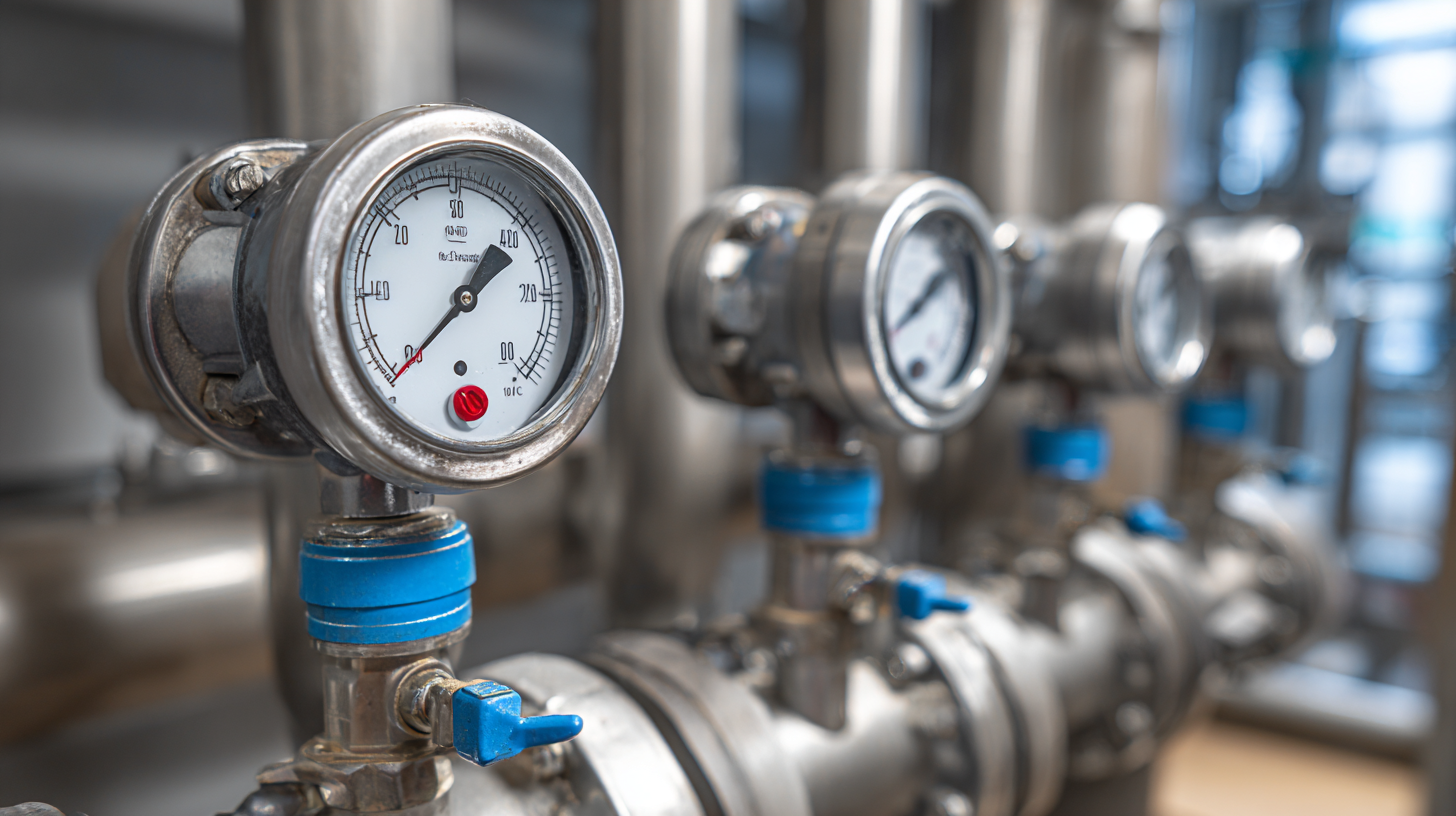
Moreover, a study by the American Society of Heating, Refrigerating and Air-Conditioning Engineers (ASHRAE) found that effective air flow management can reduce energy consumption by up to 30%. This reduction not only slashes utility costs but also extends the lifespan of HVAC equipment by preventing overworking. To maximize savings, facility managers should consider regular calibration of air flow meters to ensure accurate readings and effective data analysis.
Tips for Efficient Air Flow Management:
- Regularly inspect and clean air filters to maintain optimal air flow, as dirty filters can restrict airflow and reduce system efficiency.
- Use variable flow systems that adjust to real-time demand, which can lead to significant reductions in energy consumption.
- Consider investing in advanced monitoring systems that integrate with air flow meters for more precise control and enhanced operational insights.
Integration of Air Flow Meters with Smart HVAC Technologies
In modern HVAC systems, air flow meters play a crucial role in integrating with smart technologies to optimize energy efficiency and indoor air quality. These advanced devices not only measure the volume of air circulating within a system but also provide real-time data that can be analyzed to enhance overall performance. By using air flow meters, HVAC systems can adjust airflow dynamically, ensuring that energy consumption is minimized while maintaining comfort levels.
Tip: When selecting air flow meters for your system, consider those that offer compatibility with existing smart technologies. Look for features like wireless connectivity and cloud-based analytics to facilitate seamless integration.
The fusion of air flow meters with smart HVAC technologies enables predictive maintenance, allowing systems to forecast potential issues before they escalate. This proactive approach not only reduces downtime but also lengthens the lifespan of HVAC equipment by preventing wear and tear associated with irregular airflow patterns.
Tip: Regularly monitor air flow readings to identify any discrepancies that may indicate blockages or inefficiencies in your system. Prompt attention to these issues can prevent costly repairs down the line.
Understanding the Importance of Air Flow Meters in Modern HVAC Systems
| Dimension | Value |
|---|---|
| Flow Meter Type | Anemometers |
| Measurement Range | 100 - 5000 CFM |
| Accuracy | ±2% of Reading |
| Data Connectivity | Wi-Fi and Ethernet |
| Integration Capability | Smart HVAC Systems |
| Typical Applications | Commercial Buildings, Industrial Facilities |
| Benefits | Improved Energy Efficiency, Reduced Operational Costs |
| Maintenance Requirement | Annual Calibration Recommended |
Maintenance Best Practices for Maximizing Air Flow Meter Accuracy
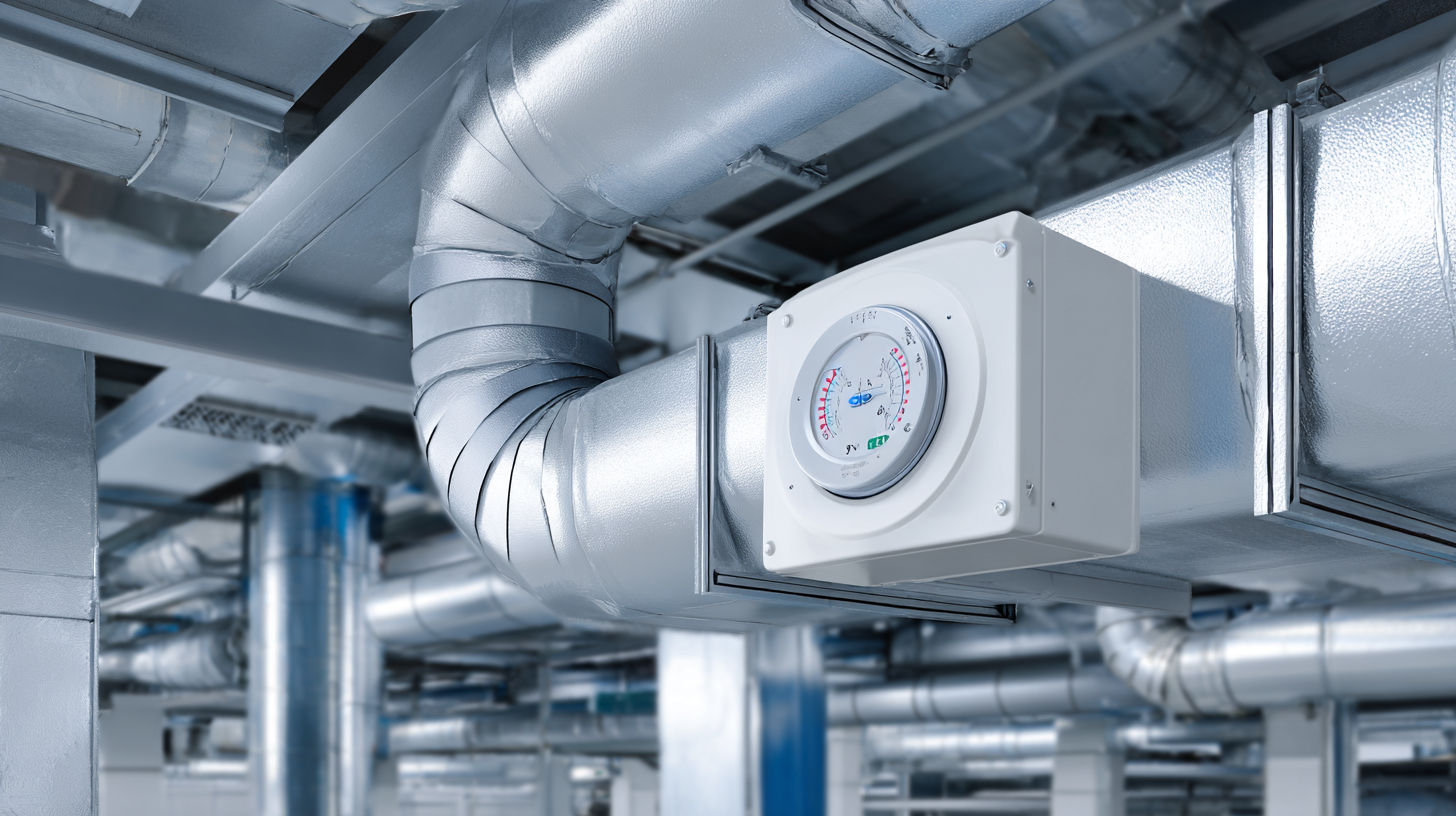 Air flow meters play a critical role in
ensuring the efficiency and accuracy of HVAC systems.
Proper maintenance of these devices is essential to maximizing their performance. Regular calibration is one of the best practices for maintaining air flow meters.
This ensures that the meters provide reliable readings, which is crucial for monitoring air quality and
system efficiency. Additionally, routine cleaning and inspection can help prevent issues that might arise
from dust or residue buildup, which can skew measurements and lead to significant operational problems.
Air flow meters play a critical role in
ensuring the efficiency and accuracy of HVAC systems.
Proper maintenance of these devices is essential to maximizing their performance. Regular calibration is one of the best practices for maintaining air flow meters.
This ensures that the meters provide reliable readings, which is crucial for monitoring air quality and
system efficiency. Additionally, routine cleaning and inspection can help prevent issues that might arise
from dust or residue buildup, which can skew measurements and lead to significant operational problems.
Moreover, understanding the specific operational context of air flow meters, such as their placement within the system, can greatly enhance their accuracy. For instance, in industrial settings or power plants transitioning to advanced technology like combined cycle gas turbines, the positioning and integration of air flow meters must be carefully considered. This involves training personnel on identifying false readings and implementing systematic maintenance routines to address any discrepancies. By investing in these proactive measures, organizations can ensure their HVAC systems operate effectively and sustainably, contributing to improved indoor air quality and energy efficiency.
Related Posts
-

How to Effectively Choose the Right Air Flow Meter for Your Industrial Needs
-
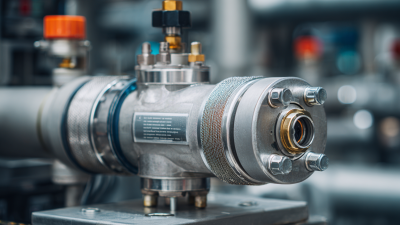
Unlocking Efficiency: How Air Flow Meters Enhance HVAC System Performance
-

Innovative Solutions for Inline Water Meter Efficiency Optimization
-

Innovative Alternatives to Inline Flow Meter Solutions for Enhanced Measurement Accuracy
-
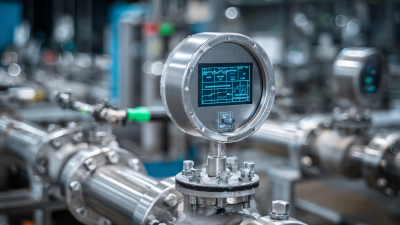
Understanding Digital Flow Meters: The Key to Precision Measurement in Modern Industries
-
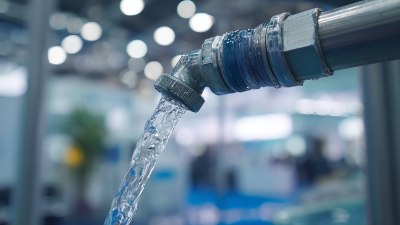
Driving Innovation in Water Management Solutions at the 138th Canton Fair 2025 with Clamp On Water Flow Meters
